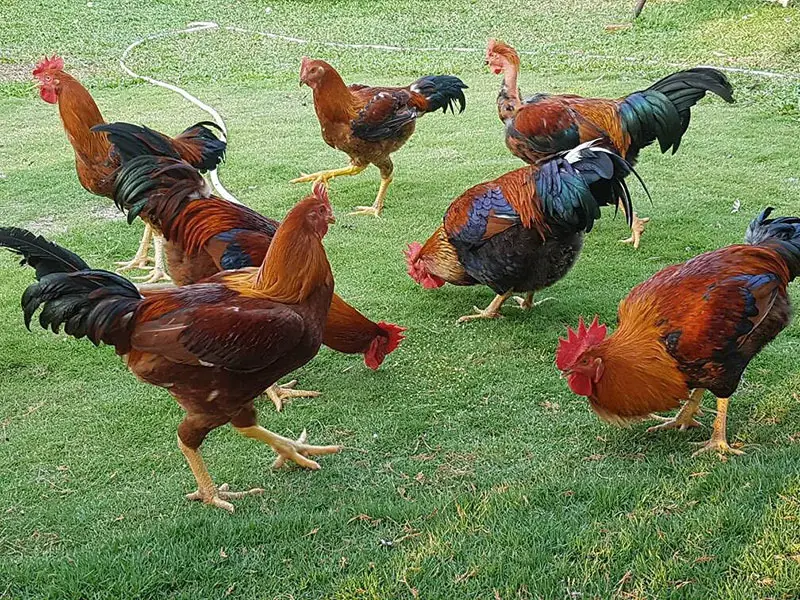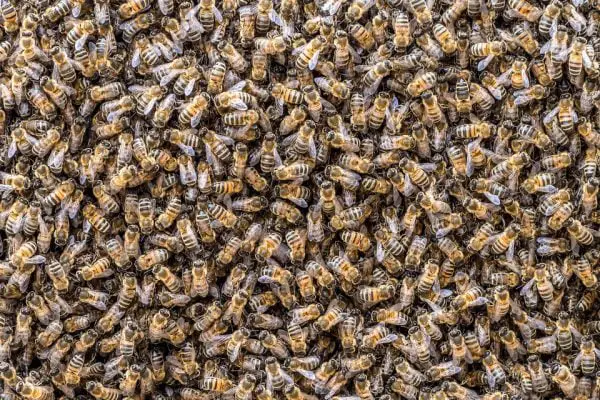Dolphins, with their captivating intelligence, playful energy, and graceful movements, have captivated human imaginations for centuries. These remarkable marine mammals, renowned for their social bonds and complex behaviors, leave us in awe with their acrobatic displays and underwater dances. Beyond their captivating presence, lies a fascinating facet of language – the diverse collective nouns used to describe them, offering a glimpse into their social dynamics and the intricacies of their world.
Collective Nouns for Dolphins
Unlike creatures with singular collective nouns, dolphins boast a diverse vocabulary, each term reflecting the specific context and the group’s social behavior or activity:
- Pod: This widely used and most common term signifies a stable social unit of dolphins, typically consisting of 10-30 individuals, often related or sharing close bonds. It evokes a sense of family, shared purpose, and the strong social connections formed within these groups.
Example: As the sun dipped below the horizon, casting an orange glow across the water, a pod of dolphins emerged from the depths. They swam gracefully alongside each other, their synchronized movements and playful interactions showcasing the strong bonds and collaborative spirit within their family unit.
- School: This term signifies a larger, more temporary aggregation of dolphins, often formed for specific purposes like migration or feeding. It evokes a sense of collective movement, coordinated action, and the remarkable efficiency displayed by these creatures when working together.
Example: Driven by an insatiable hunger, a school of dolphins descended upon a patch of teeming fish. Their synchronized movements, resembling a coordinated ballet, showcased their remarkable communication skills and the efficiency of their cooperative hunting strategies.
- Herd: This term, less commonly used, signifies a large and loosely organized group of dolphins, often associated with migration or foraging in vast open spaces. It evokes a sense of abundance, potential movement across vast stretches of ocean, and the diverse interactions within these dynamic groups.
Example: As the seasons changed, a herd of dolphins embarked on their annual migration. Their powerful bodies cut through the waves, their journey guided by instinct and a shared purpose, showcasing their remarkable resilience and adaptability to changing environmental conditions.
- Gam: This rarely used term, derived from an old English word meaning “playful group,” signifies a small group of dolphins engaged in playful activities. It evokes a sense of joy, lightheartedness, and the importance of social play in the lives of these intelligent creatures.
Example: As the afternoon sun warmed the water, a gam of dolphins gathered near the shore. They leaped and splashed, playfully chasing each other through the waves, their joyful interactions highlighting the importance of social bonding and playful behavior in strengthening their social connections.
Interesting Facts About Dolphins
Understanding these collective nouns deepens our appreciation for the complexities of dolphin behavior and their vital role in the marine ecosystem:
Echolocation Experts: Dolphins possess the remarkable ability of echolocation, using sound waves to navigate, communicate, and locate prey in the murky depths, showcasing their exceptional adaptation to their underwater environment.
Social Symphony: Beyond their playful interactions, dolphins communicate through a complex repertoire of whistles, clicks, and squawks, forming a unique underwater “language” that allows them to share information and coordinate their activities.
Facing Threats: Despite their intelligence and social bonds, dolphins face numerous threats, including habitat destruction, pollution, and accidental entanglement in fishing gear. Raising awareness about these threats and promoting sustainable practices are crucial for ensuring their survival.
Cultural Icons: Dolphins hold significant cultural and symbolic meanings across various societies, often representing intelligence, communication, and harmony with the natural world. Understanding their cultural significance fosters respect for these creatures and the vital role they play in our planet’s health.
Final Thoughts
From the close-knit “pod” traveling together to the dynamic “school” coordinating their movements, the diverse collective nouns for dolphins offer a glimpse into their multifaceted lives and enduring presence in the oceans. By appreciating these terms, understanding the intricacies of the dolphin world, and addressing the challenges they face, we can ensure that these captivating creatures continue to grace our waters and inspire awe for generations to come.
Also Read:





